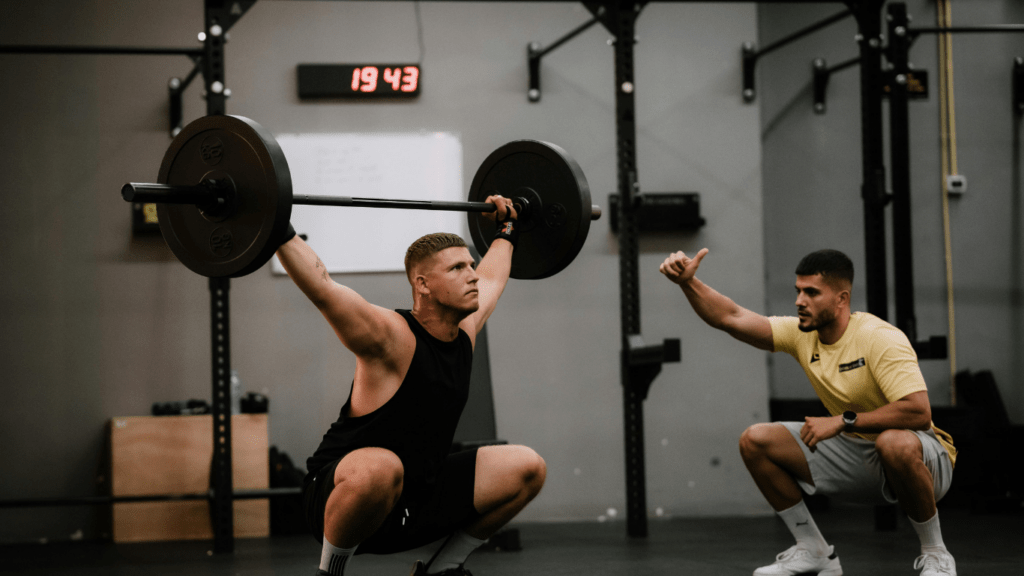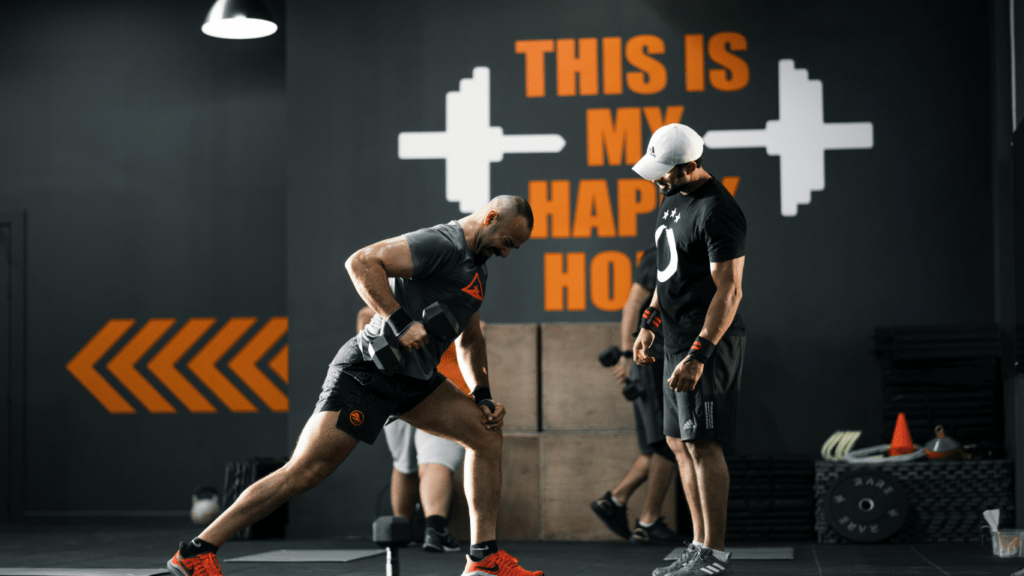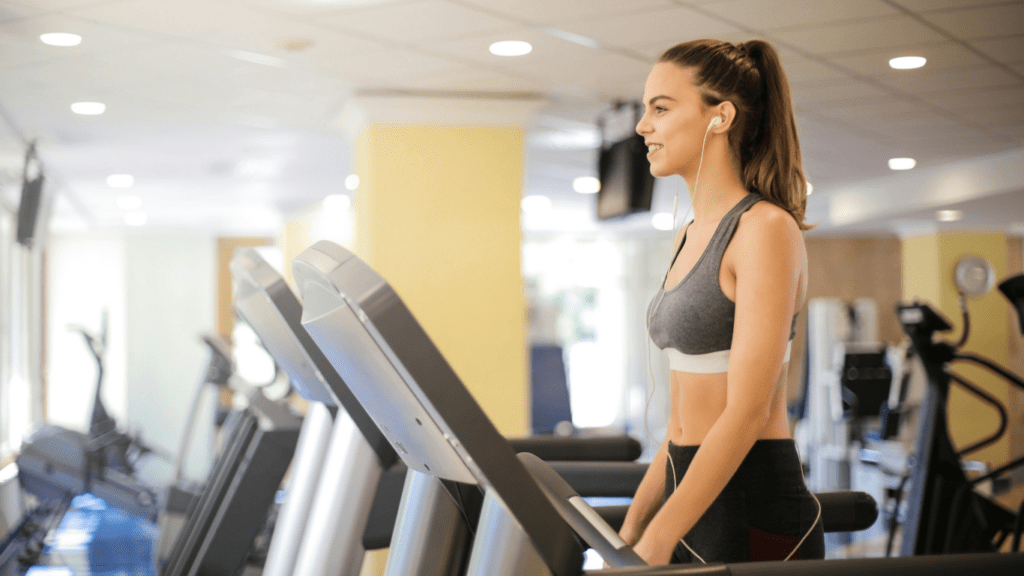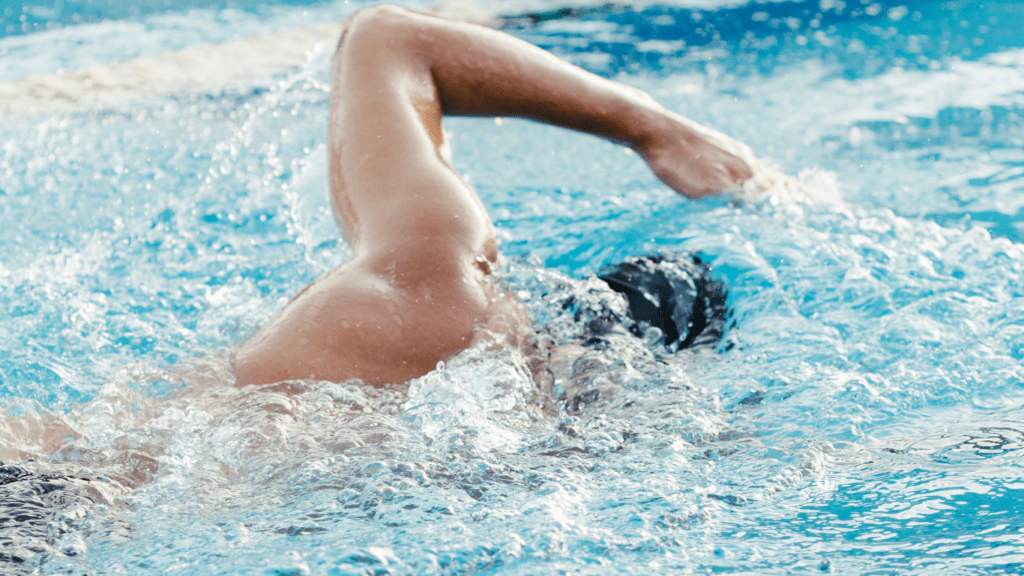Getting the most out of your workouts starts long before you hit the gym. A well-structured warm-up and cool-down routine can make all the difference in your performance and recovery. I’ve seen firsthand how these essential components can boost flexibility, prevent injuries, and enhance overall workout effectiveness.
In this article, I’ll share my insights on crafting the perfect warm-up and cool-down routines tailored to your fitness goals. Whether you’re a seasoned athlete or just starting out, understanding the right movements and techniques can elevate your training experience.
Let’s dive into the elements that will set you up for success and help you finish strong.
Understanding the Importance of Warm-Up and Cool-Down
Warm-up and cool-down routines play a crucial role in enhancing workout performance and facilitating recovery. These essential practices contribute to improved flexibility, injury prevention, and overall effectiveness during physical activity.
Benefits of a Proper Warm-Up
- Increases blood flow: A proper warm-up boosts circulation, ensuring muscles receive adequate oxygen and nutrients.
- Enhances flexibility: Gradual stretching during warm-up increases the range of motion in joints and muscles.
- Prepares the heart: Elevating heart rate gradually prevents sudden spikes in blood pressure during exercise.
- Activates muscles: Targeted activation of specific muscle groups prepares the body for upcoming movements.
- Reduces injury risk: Proper warm-ups enhance muscle elasticity, lowering the chances of strains and sprains.
Benefits of an Effective Cool-Down
- Aids recovery: A cool-down helps clear metabolic waste from muscles, promoting quicker recovery after intense exercise.
- Gradually lowers heart rate: Easing the heart rate post-exercise prevents dizziness or fainting.
- Improves flexibility: Stretching during cool-down maintains muscle flexibility while promoting relaxation.
- Reduces muscle soreness: Cool-down routines can minimize delayed onset muscle soreness (DOMS).
- Enhances mental health: Taking time to cool down fosters mindfulness and reflects on the workout, improving overall mood and motivation.
Key Components of an Ideal Warm-Up
An effective warm-up routine incorporates several essential components that prepare the body for exercise. This preparation enhances performance and reduces the risk of injury.
Dynamic Stretching Techniques
Dynamic stretching involves controlled movements that gently take muscles and joints through their full range of motion. I focus on these techniques to gradually increase body temperature and improve flexibility. Effective dynamic stretches include:
- Leg swings: Swing legs forward and backward, alternating sides to activate hip flexors and hamstrings.
- Arm circles: Rotate arms in small to large circles, warming up shoulder joints and upper body muscles.
- Walking lunges: Step forward into a lunge, alternating legs, which engages quads, hamstrings, and glutes.
Incorporating these movements into my warm-up routine elevates blood flow and prepares my body for more intense activity.
Sport-Specific Movements
Sport-specific movements mimic the actions I’ll perform during my workout or game. These movements activate relevant muscle groups and enhance coordination. Key examples include:
- Dribbling drills: For basketball, practice dribbling to warm up wrists and leg muscles.
- High-knees: In running, perform high-knees to activate hip flexors and improve knee lift, crucial for running efficiency.
- Swing practice: In sports like golf or tennis, take practice swings to engage core muscles and improve rhythm.
Focusing on sport-specific techniques targets the unique movements required in my activity, ensuring my body is fully prepared for optimal performance.
Essential Elements of a Cool-Down Routine
Incorporating a proper cool-down routine plays a vital role in recovery. A well-structured cool-down includes static stretching and breathing exercises, both of which help the body transition back to a state of rest.
Static Stretching Methods
Static stretching focuses on lengthening muscles that may have tightened during workouts. Stretches should target major muscle groups to enhance flexibility and reduce soreness. Key static stretches include:
- Hamstring Stretch: Sitting with legs extended, reach for the toes to stretch the back of the thighs.
- Quad Stretch: Standing tall, pull one foot towards the glutes to stretch the front of the thigh.
- Shoulder Stretch: Bringing one arm across the body, use the opposite arm to press gently at the elbow to stretch the shoulder.
Hold each stretch for 15-30 seconds, ensuring a gentle pull without pain to maximize benefits.
Breathing Exercises and Relaxation
Breathing exercises promote relaxation and help lower heart rate after physical exertion. These techniques enhance recovery and mental clarity. Effective breathing exercises involve:
- Diaphragmatic Breathing: Inhale deeply through the nose, allowing the abdomen to rise, then exhale slowly through the mouth. Repeat several times.
- Box Breathing: Inhale for four counts, hold for four, exhale for four, and pause for four before the next inhale. This technique calms the nervous system.
- Mindful Meditation: Incorporate quiet reflection for a few minutes, focusing on breath to enhance mental well-being.
These practices complement static stretching, providing a comprehensive cool-down strategy that supports recovery and overall fitness goals.
Designing Your Personalized Routine
Creating a personalized warm-up and cool-down routine requires careful consideration of individual fitness levels and preferences. Tailoring these routines enhances effectiveness and keeps workouts engaging.
Assessing Individual Needs
Assess personal fitness goals, current abilities, and any existing injuries. Identify specific activities that align with these goals, such as weightlifting, running, or dance. Evaluate flexibility ranges and strength levels to design appropriate warm-up and cool-down exercises.
Consider any physical limitations or conditions that may require modifications to ensure safety and effectiveness. Conducting a self-assessment or consulting a fitness professional can provide valuable insights into what works best for you.
Incorporating Variety for Engagement
Incorporate a mix of exercises to keep routines fresh and enjoyable. Rotate between different dynamic stretches, such as leg swings or torso twists, for warm-ups and explore various static stretches, like seated forward bends or standing quad stretches, for cool-downs.
Add unique elements, like foam rolling or light yoga poses, to improve recovery while preventing monotony. Consider alternate locations or equipment, such as resistance bands, stability balls, or outdoor settings, to stimulate interest. Engaging in varied routines can boost motivation, making it easier to stick to your fitness plan.




